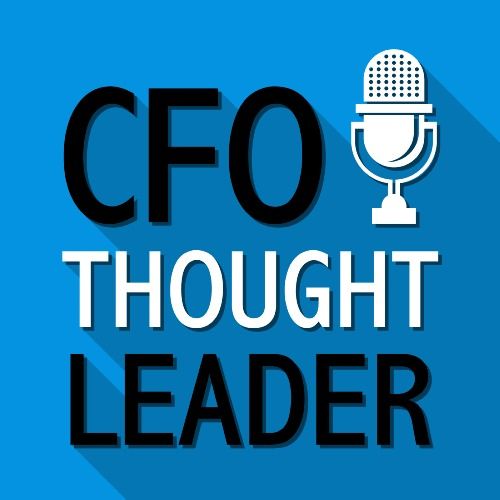642: The Virtues of Top Line Growth | Sachin Patel, CFO, Apixio
It’s not uncommon for career-building executives inside the finance realm to obtain an MBA in order to pivot their careers in a new direction. Such was the case for Sachin Patel, who after finding some early success as a systems engineer at IBM Corp. began to study the path before him more closely.
“One of the things that you don’t very often get to do as an engineer is to articulate what you did by using the written word or even verbally. Just having this not be a feature of the job was something that began to be evident to me,” says Patel, who as the years passed found the laconic nature of engineering to be in direct conflict with his growing desire to play a more active role in shaping and influencing business strategy.
“I looked at two areas—investment banking and strategy consulting—and began pursuing both, which probably wasn’t the best approach from a time management standpoint,” explains Patel, who says that ultimately the numbers—or, as he describes it, “the common wiring between engineering and finance”—drew him toward the world of finance.
With an MBA in hand, Patel joined Citigroup and set about developing the relationships and industry insights required to succeed in the investment banking realm, until one day—roughly 4 years after his carefully executed career pivot—he received a call from a friend and business school classmate with a job opportunity.
In short order, Patel was accepting a director of finance role with Vantage Oncology, a network of cancer centers and supporting physicians that was quickly expanding across the country. Over the next 4 years, Patel would build and lead Vantage’s FP&A team as he advanced from controller to the CFO office, where in 2016 he ultimately helped to sell the company to McKesson Corporation for $1.2 billion.
Looking back, Patel credits his years at Vantage for providing him with consecutive opportunities to prove himself as he climbed steadily upward. Still, he makes clear that his success there was not always obvious. In fact, even before he accepted the position, he needed to confront a potential obstacle that surprisingly had little to do with strategy or Vantage’s financial footing.
“An interesting wrinkle was that I reported to the business school classmate who recruited me,” explains Patel, who at first mentions his classmate to highlight the added rewards of having returned to business school but is compelled to emphasize the added complexity of such a relationship.
“It was good that we had the baseline of a friendship, but sometimes this can lead to a little more ruffling,” he says, before giving kudos to his classmate as well as to Vantage’s management team for creating an environment where the two friends could both succeed. –Jack Sweeney
Patel: We developed an in-house pricing tool for each of our solutions that we offer. And so based on our experience out of what the different components of the expense were, whether it's human time from the operations team, over to cloud expense that I mentioned, anything else that all gets folded into there, I should say, and then we can set the pricing based on that. And this tool allows them to check each of their contracts, or as they're negotiating they can check those margins using that tool. Ultimately, that goes to our chief growth officer who oversees that, and then if we need to make any additional decisions around that, we meet as a group.
But it's become part of the practice, and I think they were actually looking for that being that we are developing new solutions. You're not entirely sure how we should price those in the market when it's a new solution. Many times there's a lot of puts and takes there that you have to consider. And so early on it was a very much live discussion, but now it's part of the standard process, and very much something we follow.
We were guarded about that margin profile. We were very particular about it. And then we realized that there's many other components to our numbers that we can manage better to free up those dollars to win more business. And what we were able to do is understand that from a valuation perspective, moving from X to 1.1 X margin may not be as important to us as having higher revenue growth. So let's orient around that. Let's take the additional dollars we have and maybe give a little here, invest a little there, and make sure that we're driving that top line growth. Because ultimately there's a finite universe of health plans and provider groups after which the sales team can go. But once you're in there, the opportunity to sell more is really where the sizzle is. And so it's important to sort of win the day, and that became something that the management team, ranging from operations and engineering over to obviously sales and marketing, everyone could coalesce.


